Computing education and underrepresentation: the data from England
In this blog post, I’ll discuss the first research seminar in our six-part series about diversity and inclusion. Let’s start by defining our terms. Diversity is any dimension that can be used to differentiate groups and people from one another. This might be, for example, age, gender, socio-economic status, disability, ethnicity, religion, nationality, or sexuality. The aim of inclusion is to embrace all people irrespective of difference.
It’s vital that we are inclusive in computing education, because we need to ensure that everyone can access and learn the empowering and enabling technical skills they need to support all aspects of their lives.

Between January and June of this year, we’re partnering with the Royal Academy of Engineering to host speakers from the UK and USA for a series of six research seminars focused on diversity and inclusion in computing education.
We kicked off the series with a seminar from Dr Peter Kemp and Dr Billy Wong focused on computing education in England’s schools post-14. Peter is a Lecturer in Computing Education at King’s College London, where he leads on initial teacher education in computing. His research areas are digital creativity and digital equity. Billy is an Associate Professor at the Institute of Education, University of Reading. His areas of research are educational identities and inequalities, especially in the context of higher education and STEM education.

Dr Peter Kemp 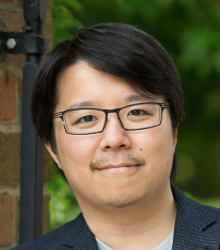
Dr Billy Wong
Computing in England’s schools
Peter began the seminar with a comprehensive look at the history of curriculum change in Computing in England. This was very useful given our very international audience for these seminars, and I will summarise it below. (If you’d like more detail, you can look over the slides from the seminar. Note that these changes refer to England only, as education in the UK is devolved, and England, Northern Ireland, Scotland, and Wales each has a different education system.)
In 2014, England switched from mandatory ICT (Information and Communication Technology) to mandatory Computing (encompassing information technology, computer science, and digital literacy). This shift was complemented by a change in the qualifications for students aged 14–16 and 16–18, where the primary qualifications are GCSEs and A levels respectively:
- At GCSE, there has been a transition from GCSE ICT to GCSE Computer Science over the last five years, with GCSE ICT being discontinued in 2017
- At A level before 2014, ICT and Computing were on offer as two separate A levels; now there is only one, A level Computer Science
One of the issues is that in the English education system, there is a narrowing of the curriculum at age 14: students have to choose between Computer Science and other subjects such as Geography, History, Religious Studies, Drama, Music, etc. This means that those students that choose not to take a GCSE Computer Science (CS) may find that their digital education is thereby curtailed from then onwards. Peter’s and Billy’s view is that having a more specialist subject offer for age 14+ (Computer Science as opposed to ICT) means that fewer students take it, and they showed evidence of this from qualifications data. The number of students taking CS at GCSE has risen considerably since its introduction, but it’s not yet at the level of GCSE ICT uptake.
GCSE computer science and equity
Only 64% of schools in England offer GCSE Computer Science, meaning that just 81% of students have the opportunity to take the subject (some schools also add selection criteria). A higher percentage (90%) of selective grammar schools offer GCSE CS than do comprehensive schools (80%) or independent schools (39%). Peter suggested that this was making Computer Science a “little more elitist” as a subject.
Peter analysed data from England’s National Pupil Database (NPD) to thoroughly investigate the uptake of Computer Science post-14 with respect to the diversity of entrants.
He found that the gender gap for GCSE CS uptake is greater than it was for GCSE ICT. Now girls make up 22% of the cohort for GCSE CS (2020 data), whereas for the ICT qualification (2017 data), 43% of students were female.
Peter’s analysis showed that there is also a lower representation of black students and of students from socio-economically disadvantaged backgrounds in the cohort for GCSE CS. In contrast, students with Chinese ancestry are proportionally more highly represented in the cohort.
Another part of Peter’s analysis related gender data to the Income Deprivation Affecting Children Index (IDACI), which is used as an indicator of the level of poverty in England’s local authority districts. In the graphs below, a higher IDACI decile means more deprivation in an area. Relating gender data of GCSE CS uptake against the IDACI shows that:
- Girls from more deprived areas are more likely to take up GCSE CS than girls from less deprived areas are
- The opposite is true for boys
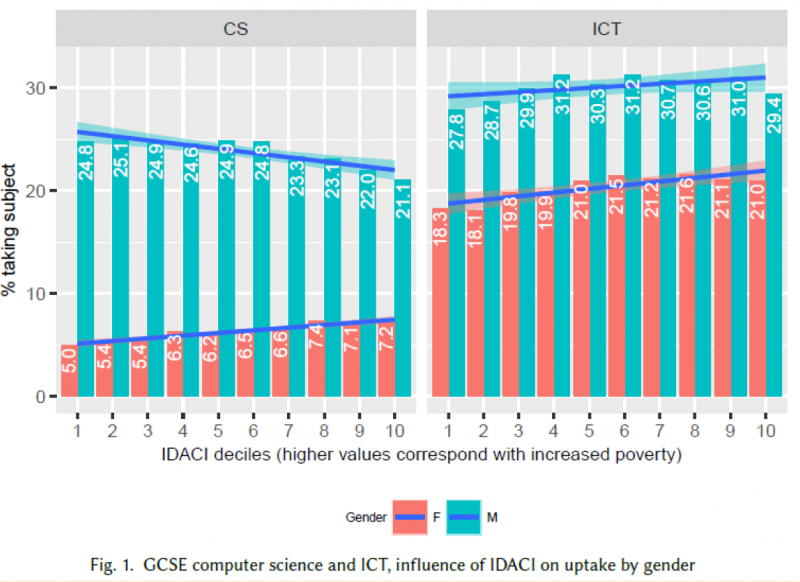
Peter covered much more data in the seminar, so do watch the video recording (below) if you want to learn more.
Peter’s analysis shows a lack of equity (i.e. equality of outcome in the form of proportional representation) in uptake of GCSE CS after age 14. It is also important to recognise, however, that England does mandate — not simply provide or offer — Computing for all pupils at both primary and secondary levels; making a subject mandatory is the only way to ensure that we do give access to all pupils.
What can we do about the lack of equity?
Billy presented some of the potential reasons for why some groups of young people are not fully represented in GCSE Computer Science:
- There are many stereotypes surrounding the image of ‘the computer scientist’, and young people may not be able to identify with the perception they hold of ‘the computer scientist’
- There is inequality in access to resources, as indicated by the research on science and STEM capital being carried out within the ASPIRES project
More research is needed to understand the subject choices young people make and their reasons for choosing as they do.
We also need to look at how the way we teach Computing to students aged 11 to 14 (and younger) affects whether they choose CS as a post-14 subject. Our next seminar revolves around equity-focused teaching practices, such as culturally relevant pedagogy or culturally responsive teaching, and how educators can use them in their CS learning environments.
Meanwhile, our own research project at the Raspberry Pi Foundation, Gender Balance in Computing, investigates particular approaches in school and non-formal learning and how they can impact on gender balance in Computer Science. For an overview of recent research around barriers to gender balance in school computing, look back on the research seminar by Katharine Childs from our team.
Peter and Billy themselves have recently been successful in obtaining funding for a research project to explore female computing performance and subject choice in English schools, a project they will be starting soon!
If you missed the seminar, watch recording here. You can also find Peter and Billy’s presentation slides on our seminars page.
Next up in our seminar series
In our next research seminar on Tuesday 2 February at 17:00–18:30 BST / 12:00–13:30 EDT / 9:00–10:30 PDT / 18:00–19:30 CEST, we’ll welcome Prof Tia Madkins (University of Texas at Austin), Dr Nicol R. Howard (University of Redlands), and Shomari Jones (Bellevue School District), who are going to talk to us about culturally responsive pedagogy and equity-focused teaching in K-12 Computer Science. To join this free online seminar, simply sign up with your name and email address.
Once you’ve signed up, we’ll email you the seminar meeting link and instructions for joining. If you attended Peter’s and Billy’s seminar, the link remains the same.

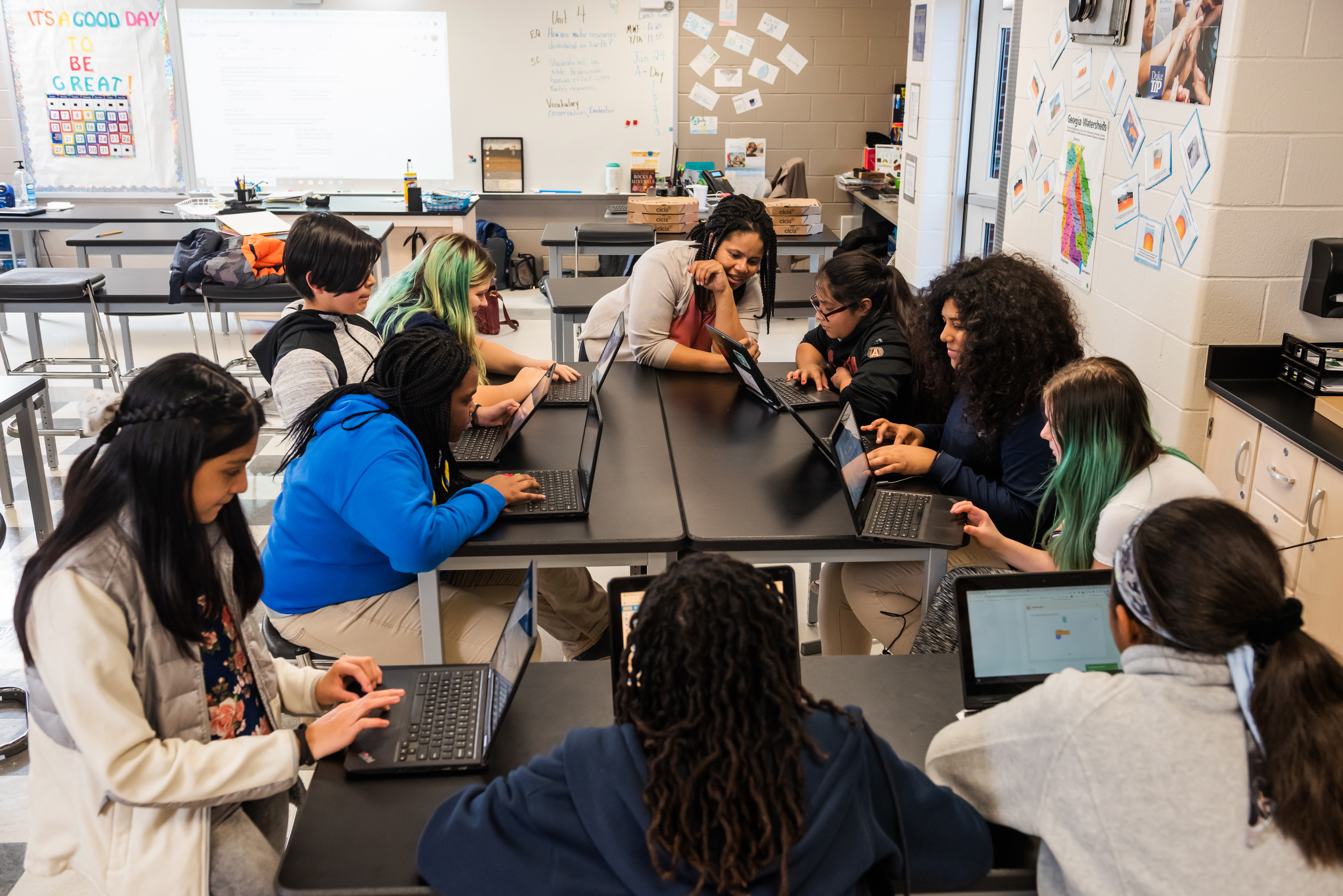
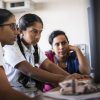


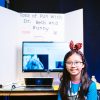

5 comments
Eric Olson
I find the positive correlation for girls but not for boys between poverty and desire to learn computer science to be very interesting. Based on anecdotal evidence in India, where computer IT skills have long been portrayed as a road out of poverty for everyone, I would have thought the interest boys have in computer science would also correlate positively with poverty.
Having grown up when there was no such thing, tracking students into computer science at age 14 seems early to me. At the same time, I would argue that it is more important to fully integrate the real benefits of computer literacy–the ability to automate repetitive tasks using a computer–throughout the curriculum. In particular, people who are not planning to be computer scientists are likely to benefit much more by learning how to automate routine tasks with a computer in secondary school, as that may be their only opportunity.
Stuart Andrew Jones
I have followed the evolution of computing education in the UK with great interest and now with great dismay. The ‘new curriculum’ has clearly failed to advance the acquisition of useful knowledge of computing for the great majority of students, and has apparently worsened access to such knowledge for those socially disadvantaged students who could greatly benefit therefrom. I note, sadly, that the education system here in the USA is, in all likelihood (not having been studied here) even worse. I have been teaching computing for over 50 years now, and have probably made every possible mistake in doing so at least once. From my perspective, effective teaching of computing technology must be individualized, and also based primarily on activities involving study and use of open source software, hardware and culture. Though it is not fully open, the Raspberry Pi appears to me the most cost effective platform, in terms of low cost, high reliability, outstanding documentation, adequate security (if properly provisioned) and close similarity of operation to hardware and software of most of the commercial (e.g. Wintel and Apple computers and Android phones) platforms. No single curriculum will succeed in educating students who enter IT classes with wide differences in prior knowledge and experience. A family of curricula must be developed so that students living in IT deserts can be served as well as students who enter class with expertise that often exceeds that of the teacher. An excellent way to engage advanced students is to press them into service as co-instructors, but under careful supervision. As for the best age to start–Kindergarten! Pre-literate kids can learn how to use a computer, and having computer access can enhance acquisition of knowledge at all levels of education.
Harry Hardjono
Have you got any examples of those “effective teaching” programs? There are so many different kinds of “individualised” programs as to make the comparison meaningless.
Anders
Computing along with STEM subjects is still suffering from an image problem, not only does it have an “uncool” stigma for many people, but it is also perceived as a harder path than some other choices.
Jason Rogers
I think that there is some confusion about some of the outcomes being inferred here.The article starts by setting out the laudable aim of attempting to improve access to CS for everyone. Sadly, we then see an inference of CS being “elitist” – yet the proportion of children in selective grammar or public schools is omitted to attempt to make the point. If we take account of this proportion, the point is not made.
Further down the article we read that the academics are more interested in driving up female participation and have gained funding to work on this. This makes their views somewhat conflicted. I would point out that many have walked the road to increase female participation in CS before – I graduated from my CS course in the mid 1980’s following a drive to increase female participation. The course was around 90% male. It was over-represented by what we now call BAME students. Nothing much has changed since then.
It is important to realise that, following years of rigging the system to benefit females, we now know that the most underperforming group in England are while males. What is being done to drive up their access and participation in CS?
I would venture that the right outcome is fair access for all and driving up overall numbers participating, not an outcome where equality of participation was ranked higher than equality of access. By driving up participation and awareness we should expect more balanced participation across our younger people. Equally by adopting some “politically correct” focus on some groups, we might well discourage those who are already disadvantaged.
It is right that participation in CS should be driven up – but not by way of using left-leaning policital view.
I hope that this comment is taken seriously – I’m happy to participate if you wish for input.